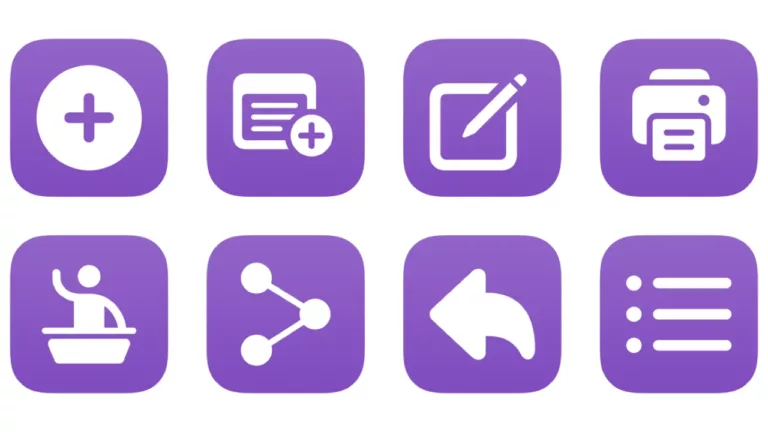Check total podcast subscribers
Accesses the Transistor API to retrieve your subscriber data and extract the Total Count.
Scripting Actions
Extra Details
Related Posts
More From This Folder
Get latest episode attributes
Accesses the Transistor API and extracts the episode data in a nicely-formatted view. Requires the Actions app.
Check downloads in the last two weeks
Accesses the Transistor API to retrieve your analytics data, then summarizes the total downloads over the last 14 days.
Manage my Transistor account
Opens the Account section of Transistor.fm where you can manage your profile, turn on two-step authentication, update your billing and subscription details, and copy your API key.
Add transcript to latest episode
Opens the URL to the transcript page for the latest episode of your Transistor podcast.
Get podcast show attributes
Ues the Transistor API to get your show data and presents it in a nicely-formatted view. Requires the Actions app.
Copy podcast playlist player embed
Takes the default embed code for multiple podcast episodes, inserts your podcast string, and copies the result to your clipboard to be pasted somewhere online.
More From The Library
Open my Account on the App Store
Opens the Account page of the App Store app on iPhone, iPad, and Mac.
Toggle Wi-Fi
Flips the Wi-Fi state on or off (depending on where it’s currently set).
Open Bluesky Home
Opens the Home feed on Bluesky so you can see your Discover and Following feeds, plus any pinned Lists.
New chat with Meta AI
Opens the URL to a new chat with Meta AI, focusing on the keyboard so you can start typing your prompt right away.
Get way deeper into Shortcuts – become a member.
Browse more
Shortcuts Membership
Enhance your experience with bonus shortcuts, folder bundles, and exclusive perks.

Action Directory
Discover endless possibilities by combining the building blocks for Shortcuts.
